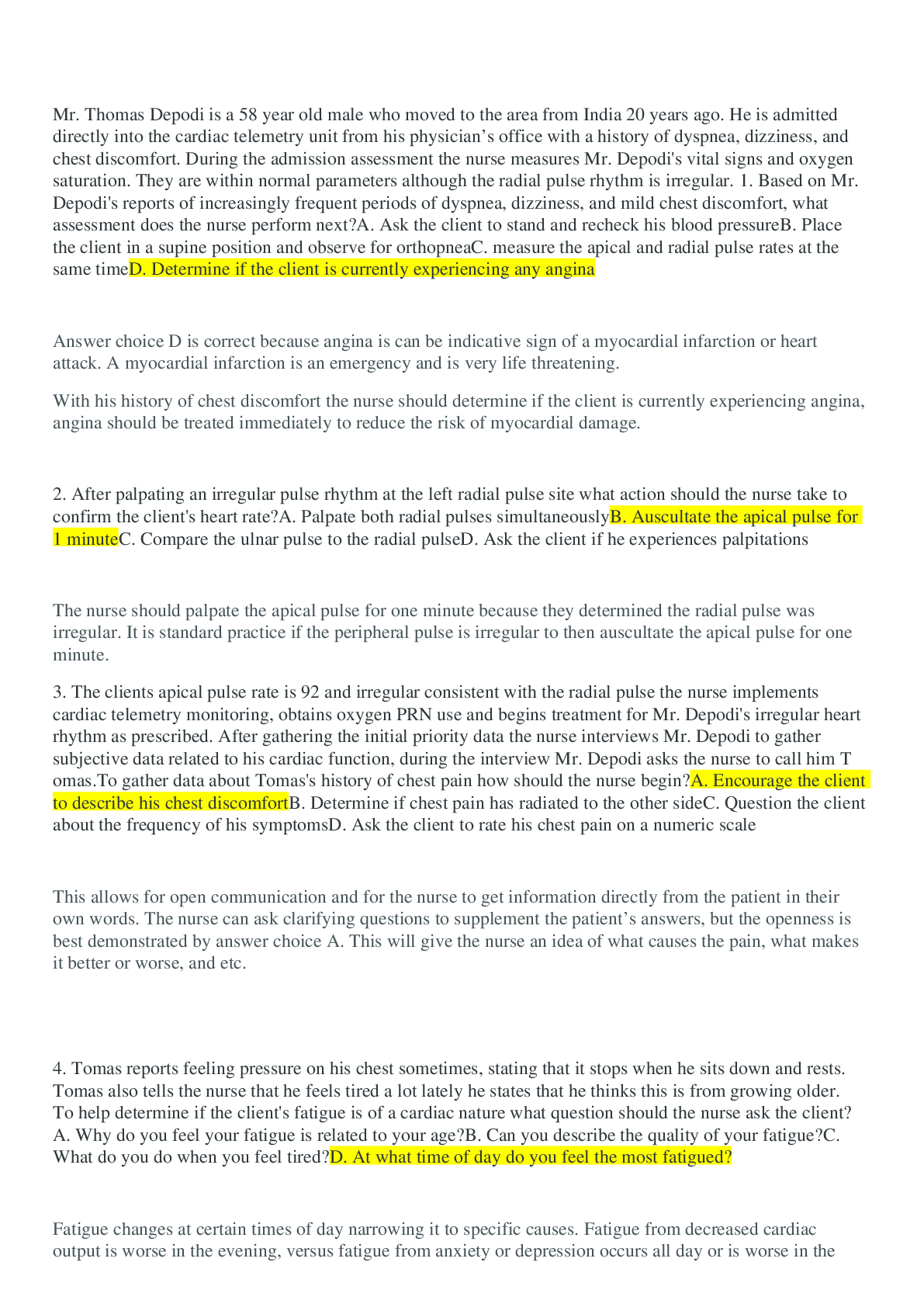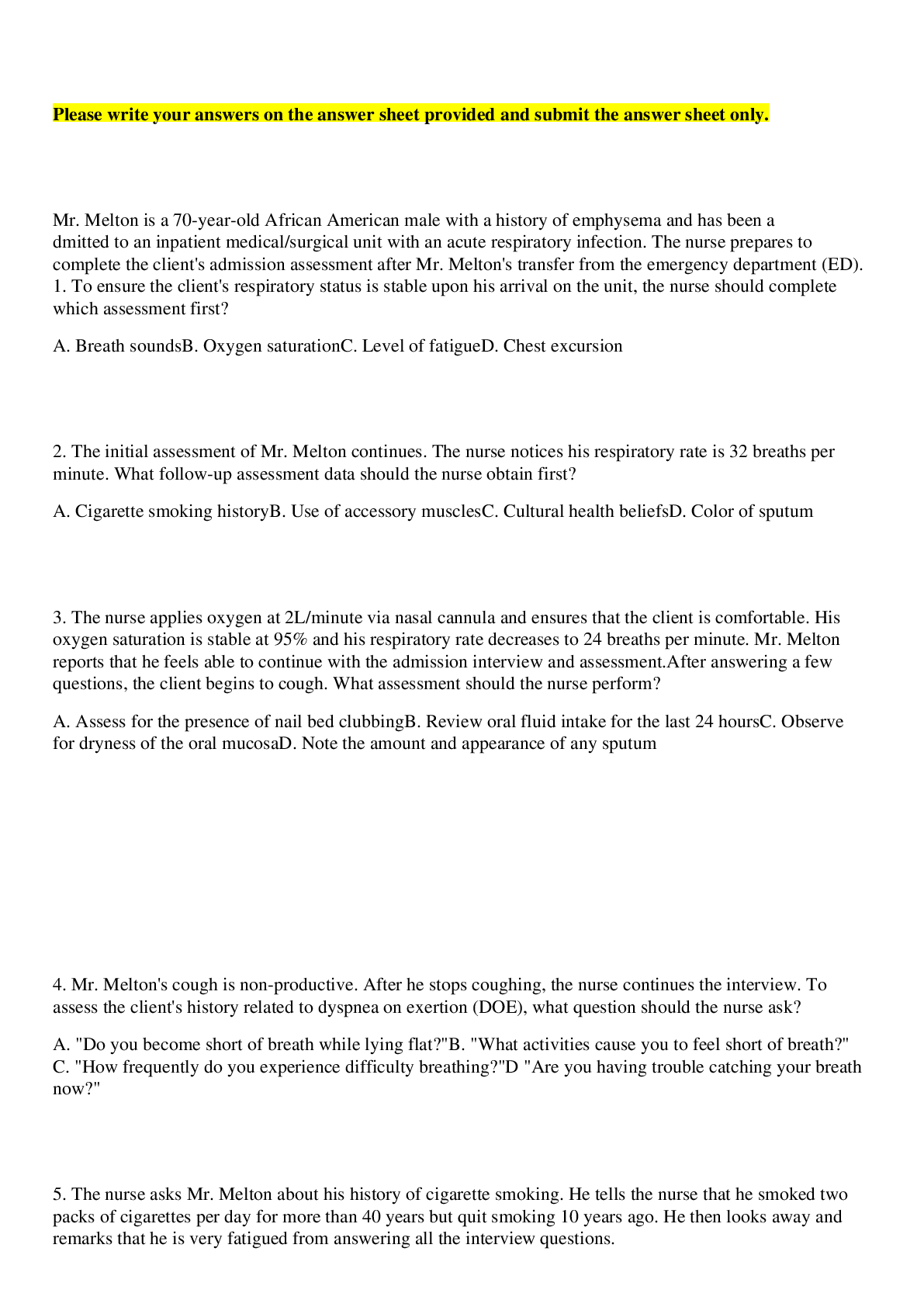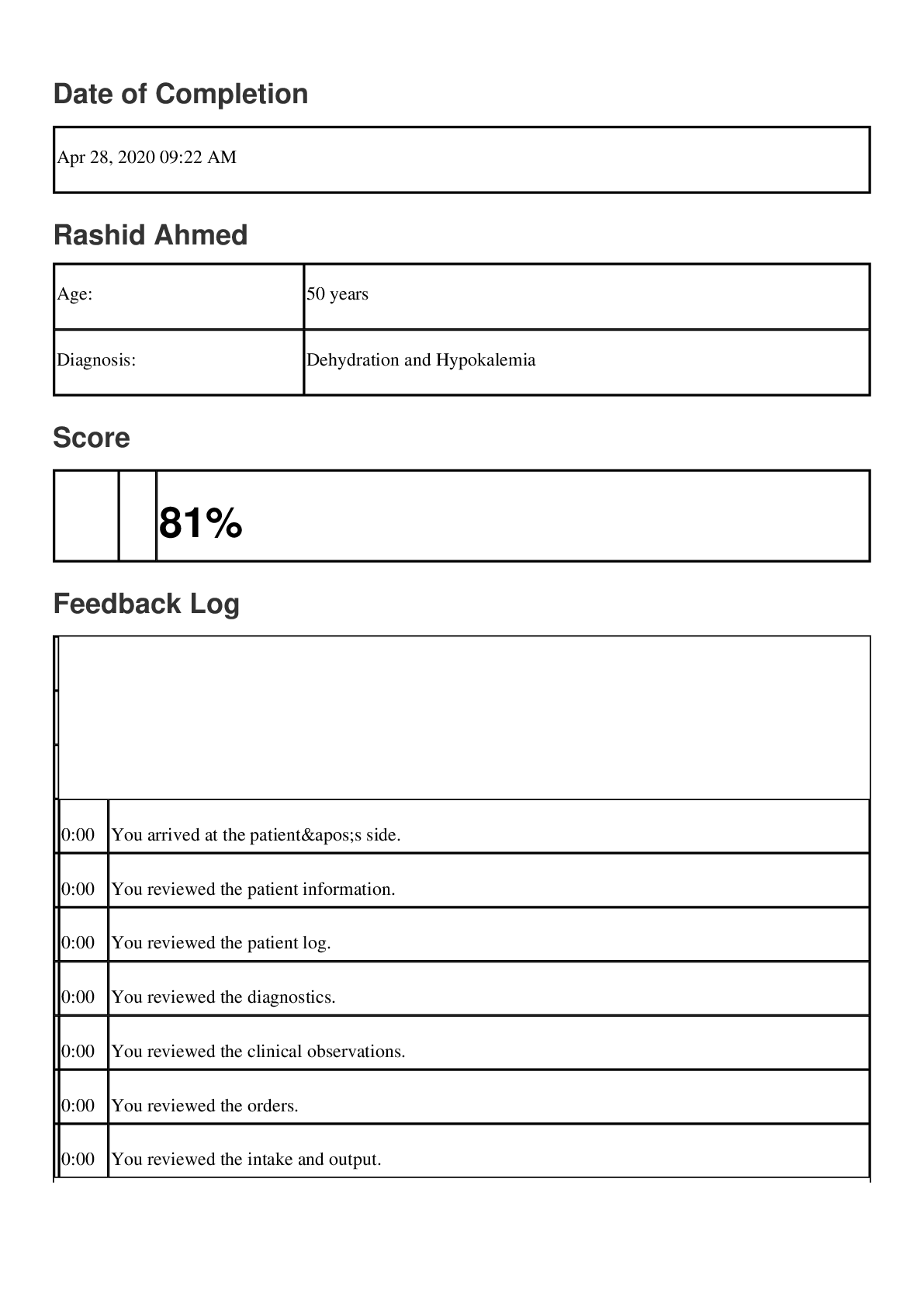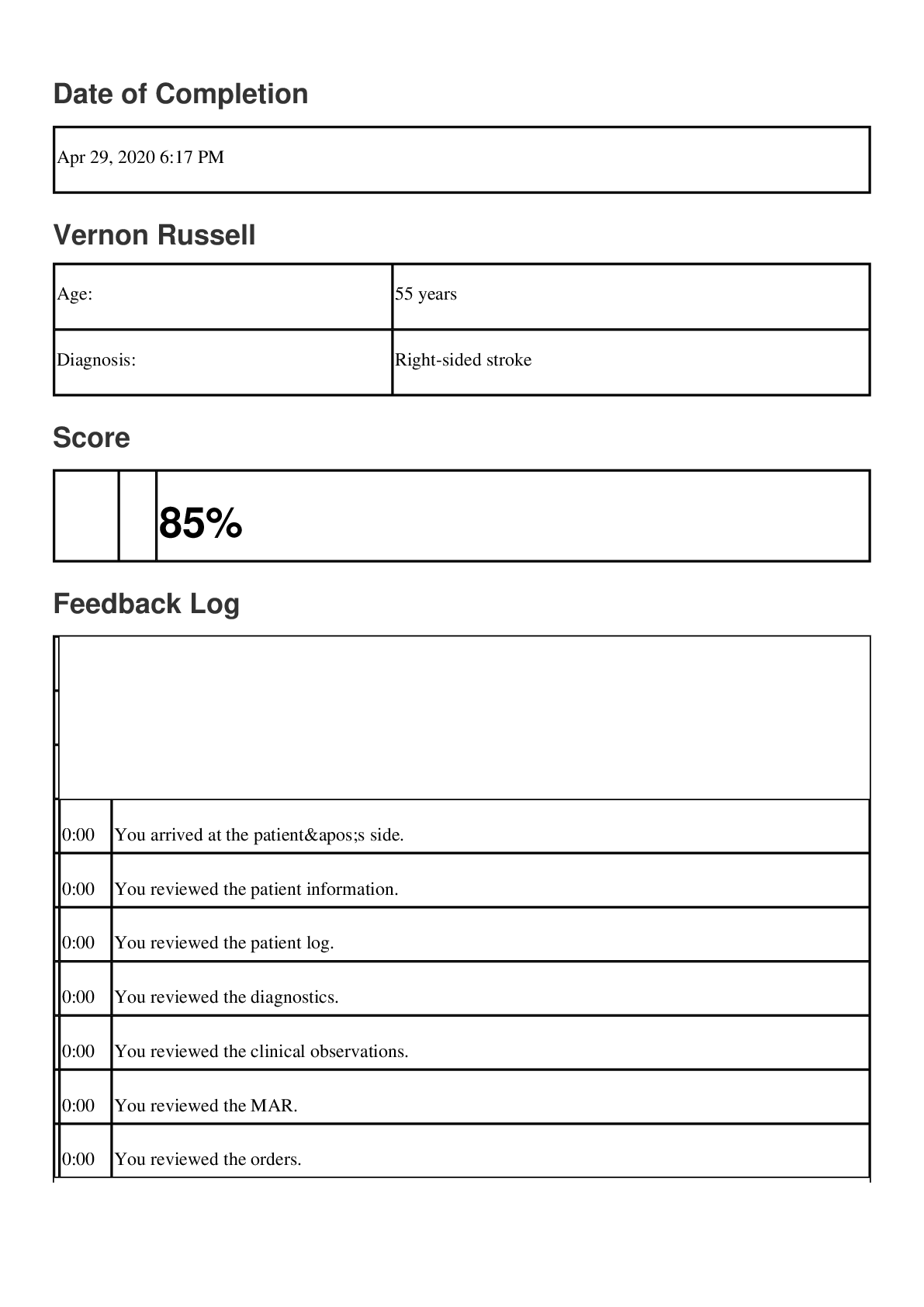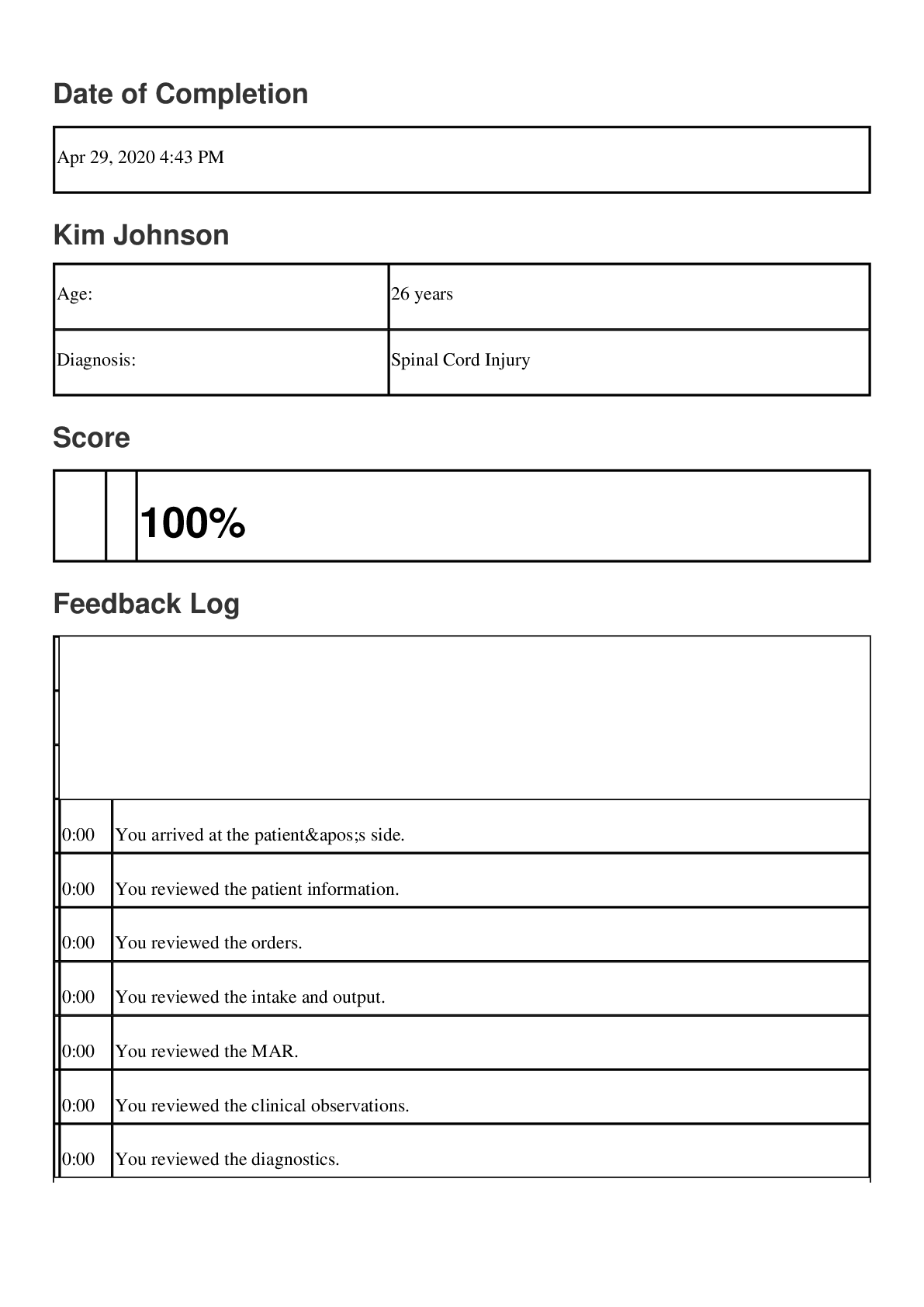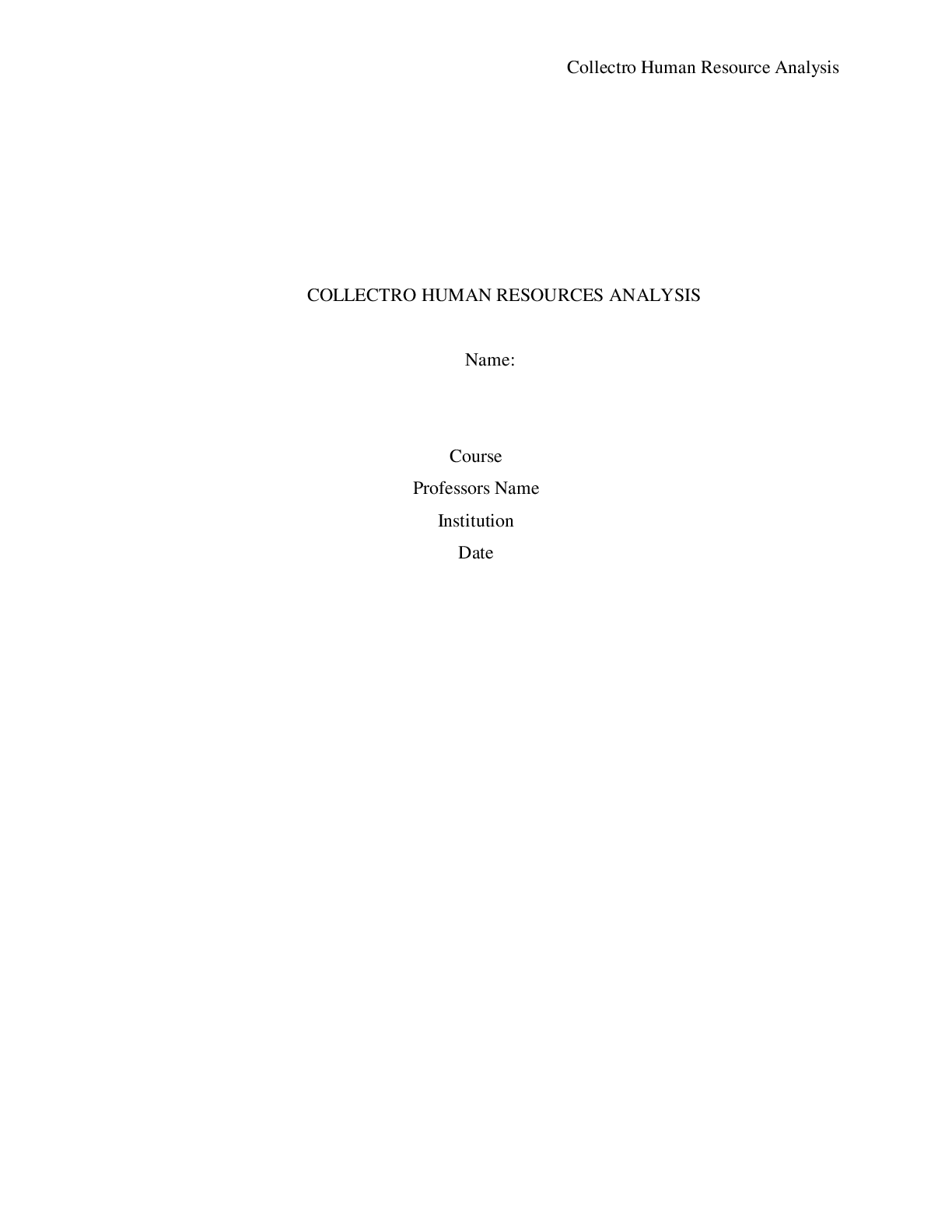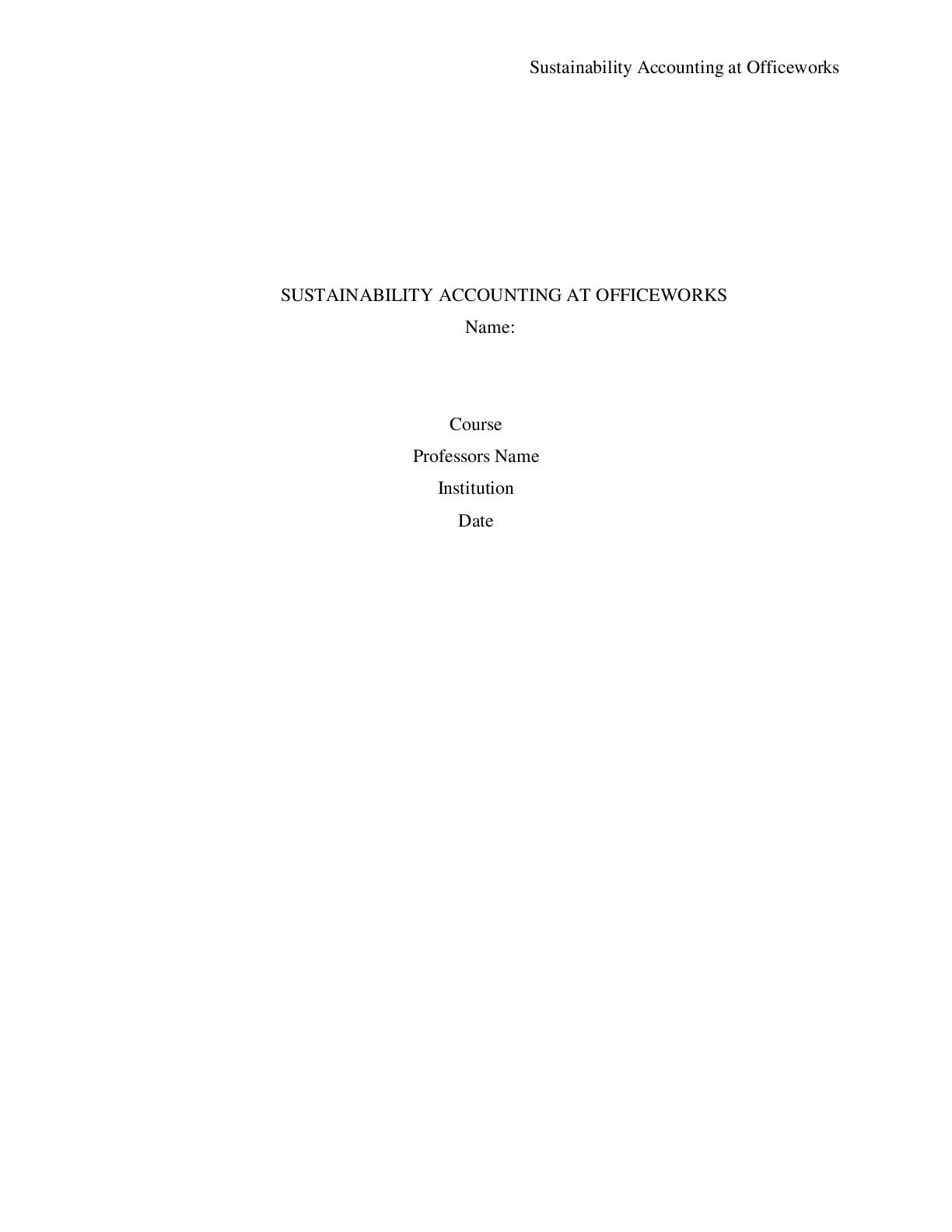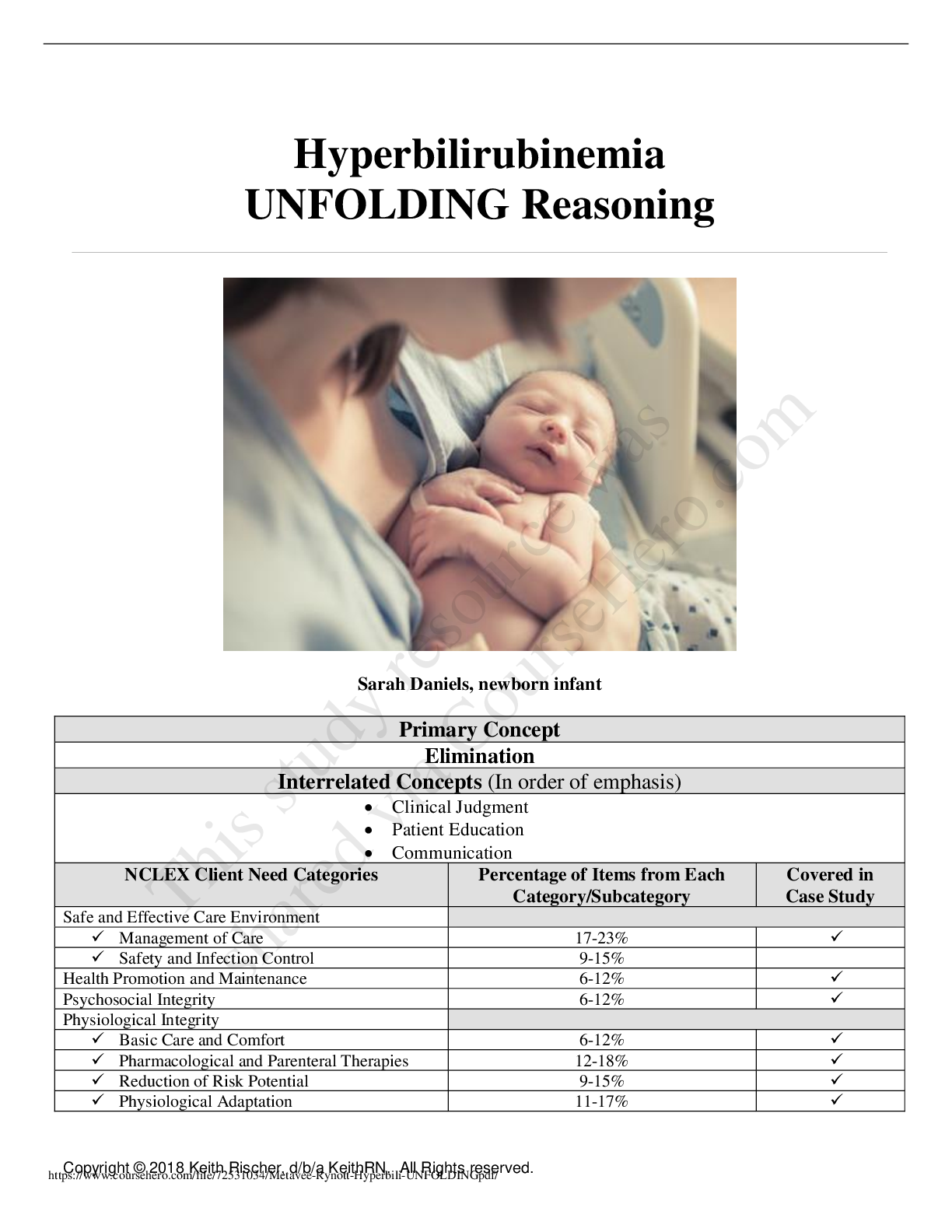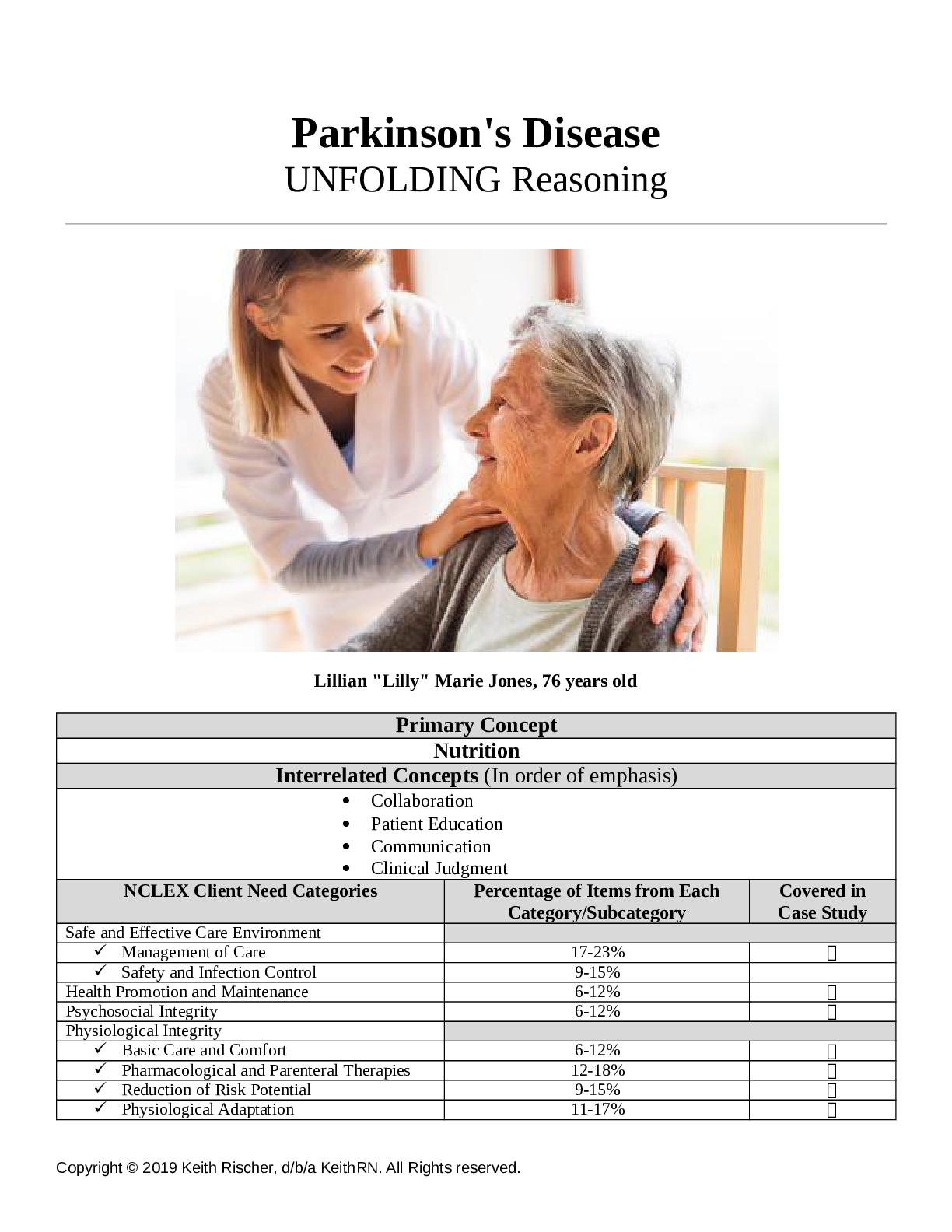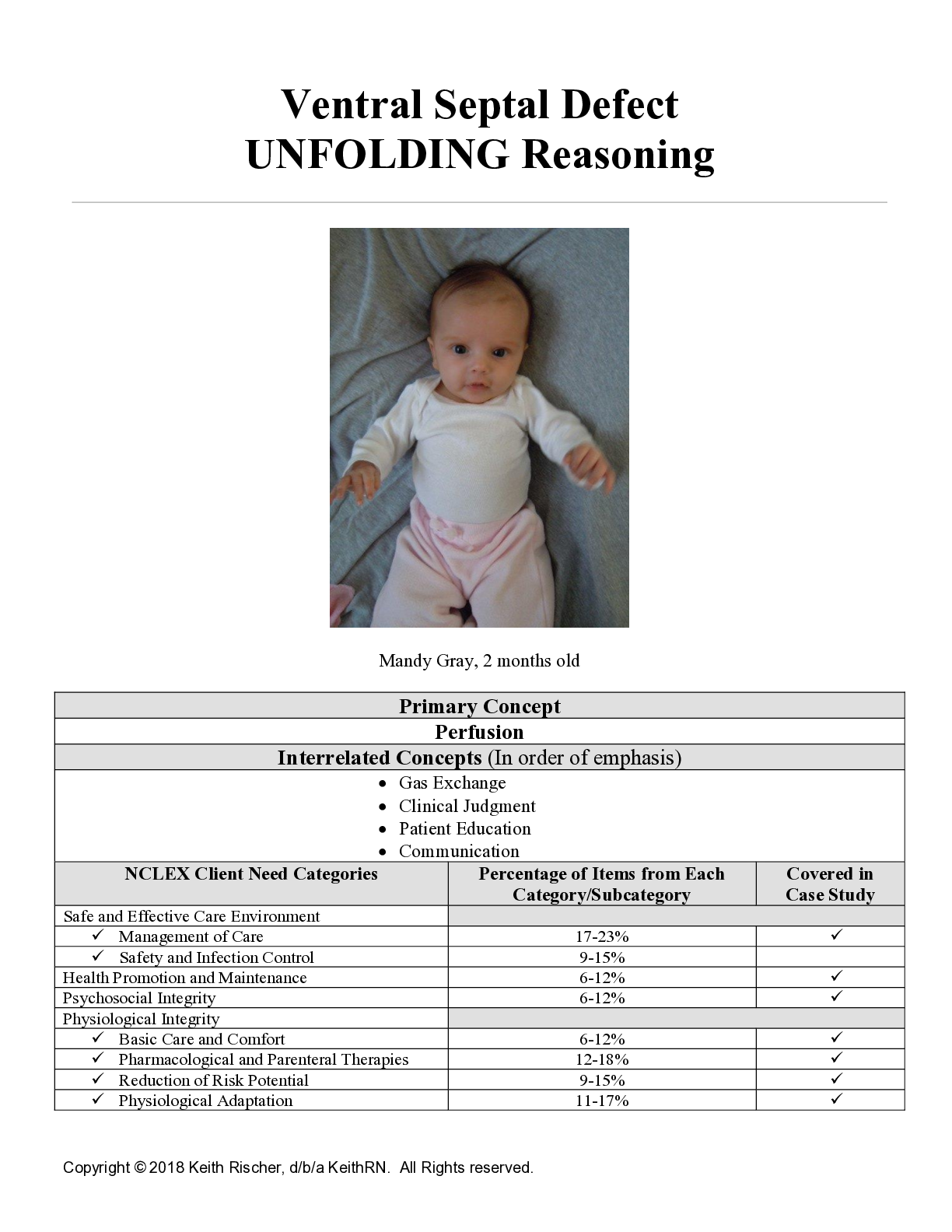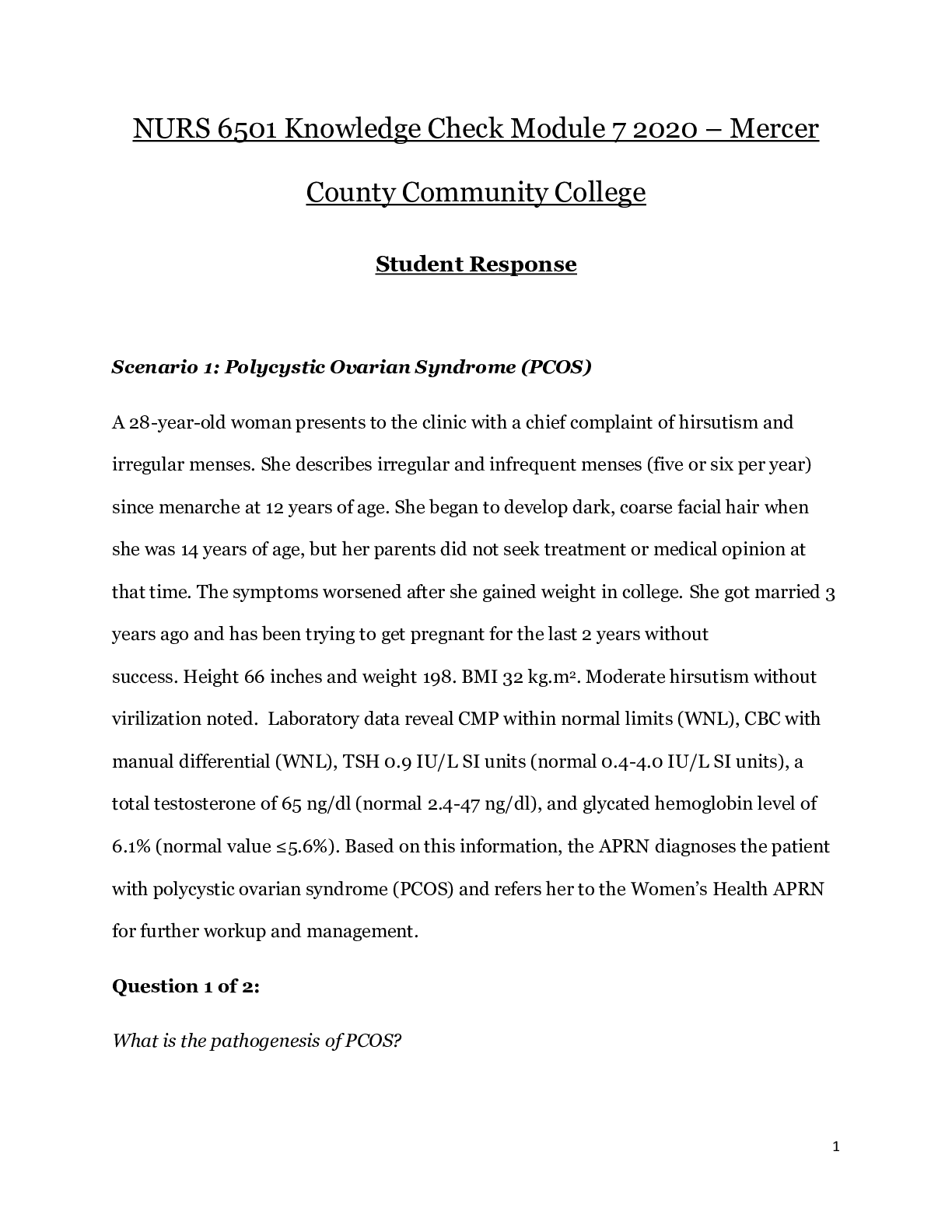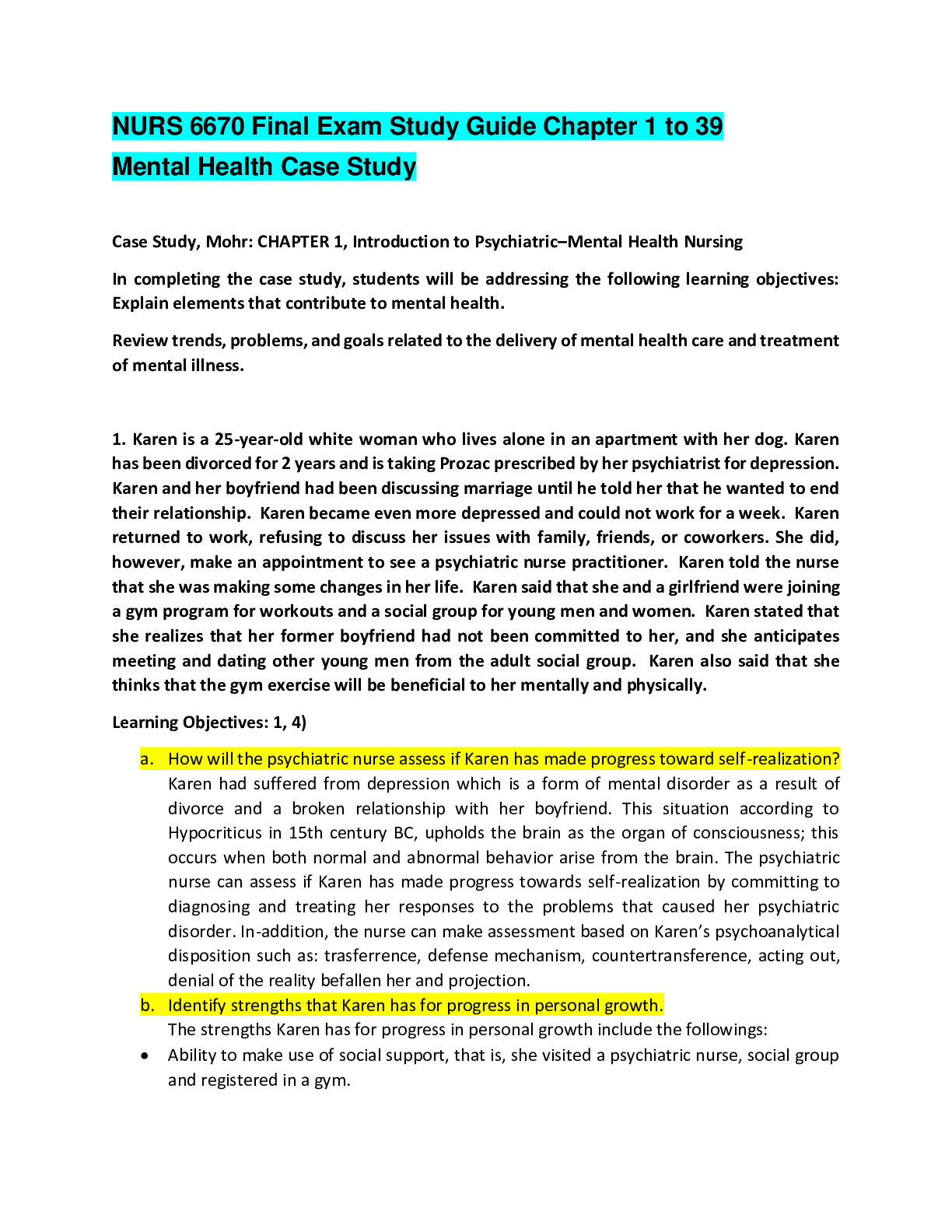*NURSING > CASE STUDY > NR 507 Week 4: Alterations in Renal Function - Discussion Part One (All)
NR 507 Week 4: Alterations in Renal Function - Discussion Part One
Document Content and Description Below
Discussion Part One (graded) Responses Sarah Boulware 5/22/2016 11:34:18 AM Part One Dr. Brown and Class, 1.Primary Diagnosis: Acute Cystitis secondary to Urinary Tract Infection (UTI) According... to DiVito (2014) a UTI is caused by the presence and multiplication of bacteria in the urinary tract, with associated tissue invasions. Urine is stored in the bladder and is considered sterile. UTIs develop when part of the urinary system becomes colonized with pathogenic bacteria. The bacterium most likely enters the urinary system through the urethra. Escherichia coli, usually found in the colon, is the most common cause of UTIs in women. Haddock (2015) found the most common symptoms of a UTI include dysuria, frequency, urgency, polyuria, and suprapubic tenderness. If there is vaginal discharge it is unlikely that it is related to UTI. Three or more of the classic symptoms of a UTI indicate a 90% chance that it there is a bacterial infection. Symptoms of an upper UTI include the same symptoms as a lower UTI as well as a high fever, nausea or vomiting, shaking or chills, confusion, and pain in the lower back or on one side. It is important to recognize evidence of an upper UTI because of the risk of pyelonephritis. There are several risk factors for UTIs. The female urethra is considered to be shorter in length along with a close proximity to the rectum. Bacteria from fecal matter, sexual intercourse or poor personal hygiene can easily travel along the perineum into the urethra and up into the bladder causing a UTI. Other contributing factors for UTIs include an obstruction the urinary system (bladder stones), incomplete bladder emptying, a weakened immune system, sexual intercourse, the presence of a foreign body (urinary catheter), and hormonal changes in women (Divito, 2014). The two major risk factors for UTIs in young women are recent sexual intercourse and a history of recurrent UTIs (Litherland, 2011). Mrs. Orndorf is exhibiting classic symptoms a UTI that include, burning sensation, urgency to urinate, and frequent urination. She also stated she has had similar symptoms three times in the past two years, which indicates that she could possibly have recurrent UTIs. She is at a high risk for UTIs because she is a woman, possibly sexually active with her husband (more information is needed), and has been camping, which could have compromised sanitary conditions, increasing the risk for bacterial infection. She presented with suprapubic pain and low back discomfort which can occur with a UTI. Treatment for a UTI includes antibiotic therapy. For an uncomplicated UTI a short 3-day dose of trimethoprim or nitrofurantoin are the common choices. Short courses [Show More]
Last updated: 1 year ago
Preview 1 out of 32 pages
.png)
Reviews( 0 )
Document information
Connected school, study & course
About the document
Uploaded On
Feb 18, 2021
Number of pages
32
Written in
Additional information
This document has been written for:
Uploaded
Feb 18, 2021
Downloads
0
Views
70


.png)
.png)
